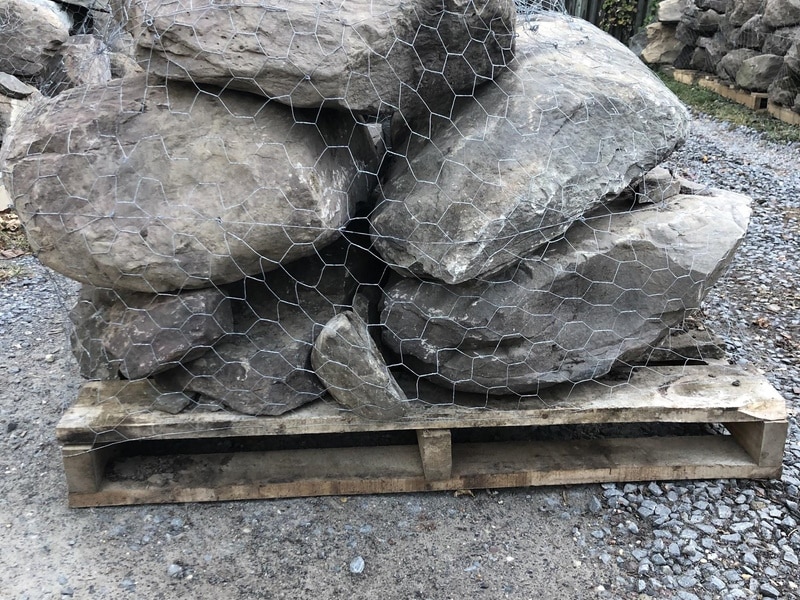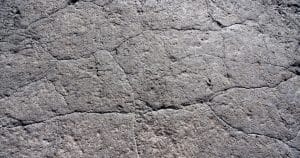Boulder walls, with their striking aesthetics and functional benefits, have been a part of landscaping for centuries. While they may appear simple on the surface, there is a sophisticated science behind their engineering that ensures they stand the test of time. In this article, brought to you by Utah Boulder Walls, we’ll dive into the science of boulder wall engineering to help you understand what goes into creating these impressive and enduring outdoor features.
1. Structural Stability
The primary goal of boulder wall engineering is to achieve structural stability. Boulder walls are often used as retaining walls, which means they must support the weight of the soil or terrain behind them while resisting the forces of gravity, soil pressure, and water infiltration. Achieving this stability is a delicate balance that requires precise engineering.
2. Stone Selection
The first step in boulder wall engineering is selecting the right stones. The choice of stone type, size, shape, and weight is critical. Larger and heavier stones provide more stability, but they require a solid foundation and proper placement. Smaller stones can be used for aesthetic purposes but may not offer the same structural support.
3. Foundation
The foundation of a boulder wall is its base, and it plays a pivotal role in its stability. Engineers must consider factors like soil type, load-bearing capacity, and drainage. A stable foundation ensures that the wall remains secure and doesn’t shift or settle over time.
4. Gravity and Friction
Two fundamental principles come into play in boulder wall engineering: gravity and friction. Gravity pulls the stones downward, while friction between the stones resists that force. Achieving the right balance between these forces is essential for a stable wall. Engineers calculate the angle at which stones should be placed to maximize friction while minimizing the risk of collapse.
5. Backfill and Drainage
Proper backfilling is crucial for boulder walls, especially retaining walls. Backfilling refers to the material placed behind the wall to help distribute the load and prevent erosion. Additionally, drainage features like weep holes or gravel layers are incorporated into the design to manage water flow and prevent hydrostatic pressure from building up.
6. Wall Batter
The batter of a wall refers to its inward or outward slope. Boulder walls are typically built with a slight backward slope to provide additional stability. The angle of this slope is carefully calculated based on the wall’s height, load, and other factors.
7. Interlocking Design
To create a strong and stable boulder wall, engineers design it with stones that interlock with one another. The way stones fit together, like a puzzle, distributes the weight and creates friction that resists movement.
8. Soil Reinforcement
In some cases, engineers may use geosynthetic materials, such as grids or fabric, to reinforce the soil behind the boulder wall. This reinforcement adds an extra layer of stability and prevents soil from pushing against the wall.
Professional Expertise
Boulder wall engineering is a complex and specialized field. Professionals, like those at Utah Boulder Walls, have the expertise and experience to design and construct boulder walls that meet structural and aesthetic requirements. Proper engineering ensures that your boulder wall not only looks stunning but also stands strong for years to come.
The next time you admire a beautifully crafted boulder wall, remember that it’s the result of careful engineering and the harmonious blending of science and aesthetics. Boulder walls are not just outdoor features; they are enduring works of art built to withstand the test of time.




